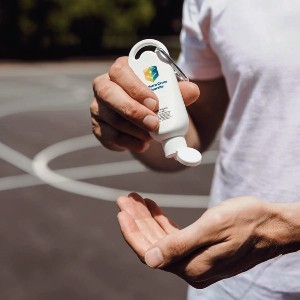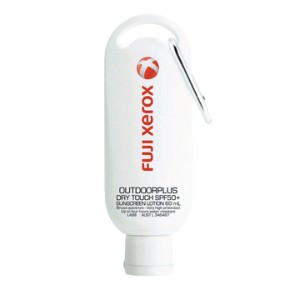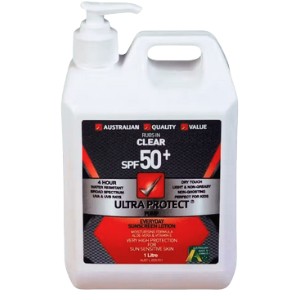Home » Promotional Sunscreens: Tips, Trends & Top Marketing Ideas »
Debunking Common Myths About Sunscreens
Last Updated: 25th April 2025
Promotional Sunscreens plays a pivotal role in protecting against the harmful effects of ultraviolet (UV) radiation. Yet, misconceptions about its use are widespread, leading to inadequate protection and increased risk of skin damage. Let’s debunk some common myths about sunscreen and shed light on the facts.
Myth 1: Sunscreen is Only Needed on Sunny Days

right usage of sunsceens
A common misconception is that sunscreen is unnecessary on cloudy days. However, up to 80% of UV rays can penetrate cloud cover, posing a significant risk even when the sun isn’t visibly shining. Daily sunscreen application is crucial, as UV exposure accumulates over time, leading to premature ageing and increased skin cancer risk.
Myth 2: High SPF Sunscreen Provides All-Day Protection
While a high SPF does offer more protection against UVB rays, no sunscreen can provide all-day coverage without reapplication. SPF indicates the time you can be exposed to the sun before getting burned compared to unprotected skin. However, factors like sweating, swimming, and towel-drying can reduce sunscreen’s effectiveness. Thus, reapplying every two hours or after water exposure is essential, regardless of SPF rating.
Myth 3: Sunscreen Prevents Vitamin D Absorption
Many fear that using sunscreen blocks Vitamin D synthesis, essential for bone health and immune function. While sunscreen can reduce Vitamin D production in the skin, it doesn’t block it completely. Moderate sun exposure, particularly during less intense UV times, can help maintain Vitamin D levels. Supplements and dietary sources can also ensure adequate intake without risking UV damage.
Myth 4: A Tan is a Sign of Good Health and Protects Against Sunburn
Tanning is often mistakenly associated with health and vitality. In reality, a tan is the skin’s response to UV damage, indicating that harm has already occurred. Tanned skin offers only minimal protection against future sunburn, equivalent to an SPF of about 2 or 3, far below the recommended SPF 30 or higher. Read our article on sun-safe usage of promotional sunscreens.
Myth 5: Darker Skin Tones Don’t Need Sunscreen

outdoor sunscreen lotion
While melanin in darker skin provides some protection against UV radiation, it’s not a foolproof shield. People with darker skin tones are still at risk for skin damage and cancer from UV exposure. Moreover, skin cancer in darker-skinned individuals is often diagnosed at later stages when it’s more difficult to treat. Sunscreen is vital for all skin types to prevent damage and maintain skin health.
Myth 6: Physical (Mineral) Sunscreens are Safer than Chemical Ones
The debate between physical (mineral) and chemical sunscreens centers on safety and environmental impact. Physical sunscreens, containing zinc oxide or titanium dioxide, sit on the skin’s surface and reflect UV rays. Chemical sunscreens absorb UV radiation and convert it into heat. Both types are generally safe; the choice often depends on personal preference, skin type, and environmental considerations. Recent research has focused on the coral-safe formulations of sunscreens to mitigate environmental impacts.
Myth 7: You Don’t Need Sunscreen If You Wear Makeup with SPF
While makeup with SPF provides some level of protection, it’s usually not enough for
prolonged UV exposure. Makeup is often applied unevenly and in thinner layers than needed for effective sun protection. For adequate coverage, using a broad-spectrum sunscreen under makeup is recommended, especially during extended outdoor activities.
Myth 8: Waterproof Sunscreen Provides Continuous Protection in Water
“Waterproof” sunscreen can be misleading, as all sunscreens eventually wash off in water. The terms “water-resistant” or “very water-resistant” are more accurate, indicating that the sunscreen can maintain its SPF protection for a certain period while swimming or sweating. Nonetheless, reapplication after swimming, heavy sweating, or towel drying is crucial to maintain protection.
Takeaway
Dispelling myths about sunscreen is vital for effective skin protection. By understanding and applying sunscreen correctly, we can significantly reduce the risk of skin damage, ageing, and cancer, ensuring healthier skin for the future. Sunscreen is a key component of daily skincare, regardless of the weather or skin type, underscoring the need for its correct and consistent use.






